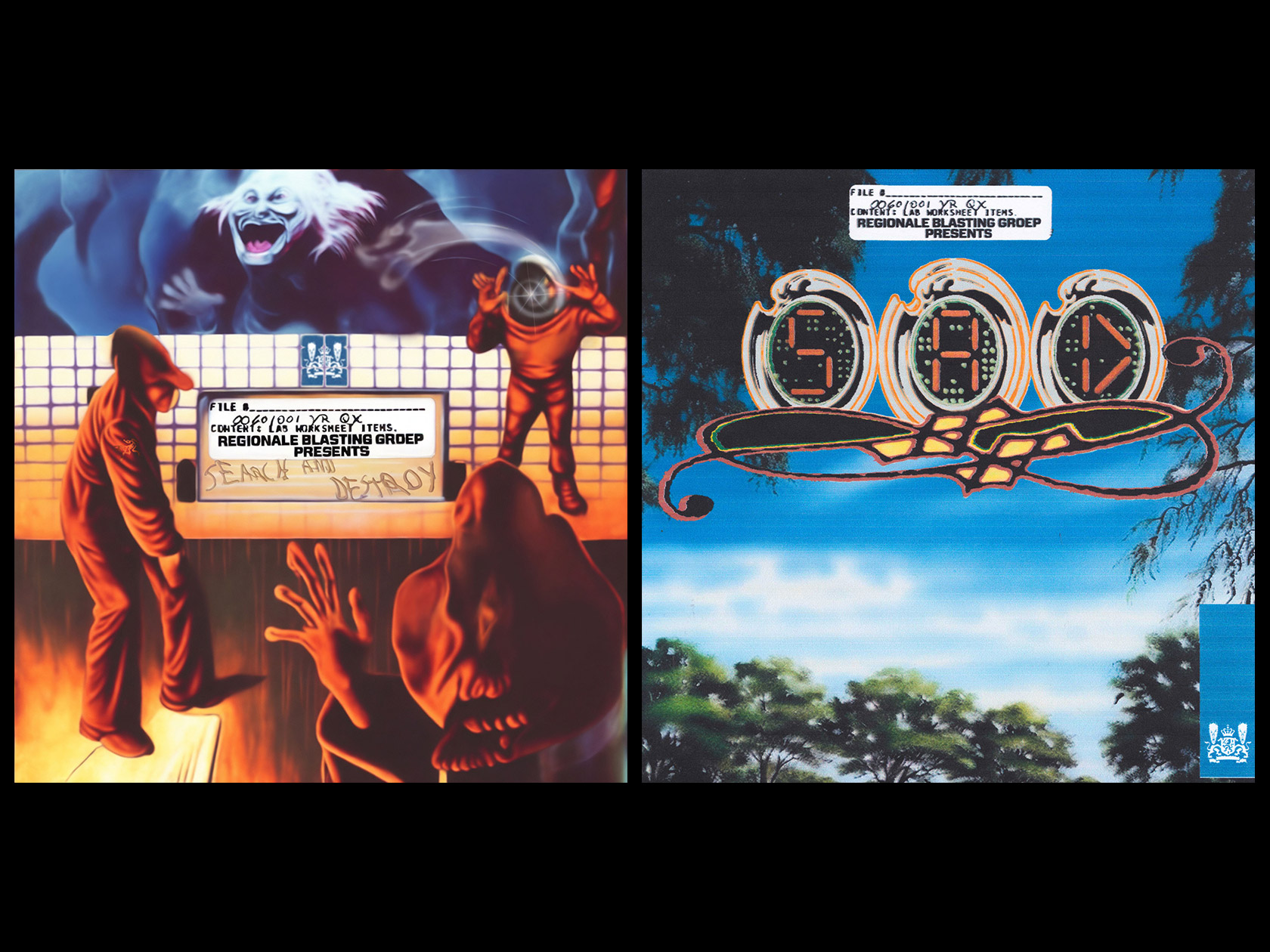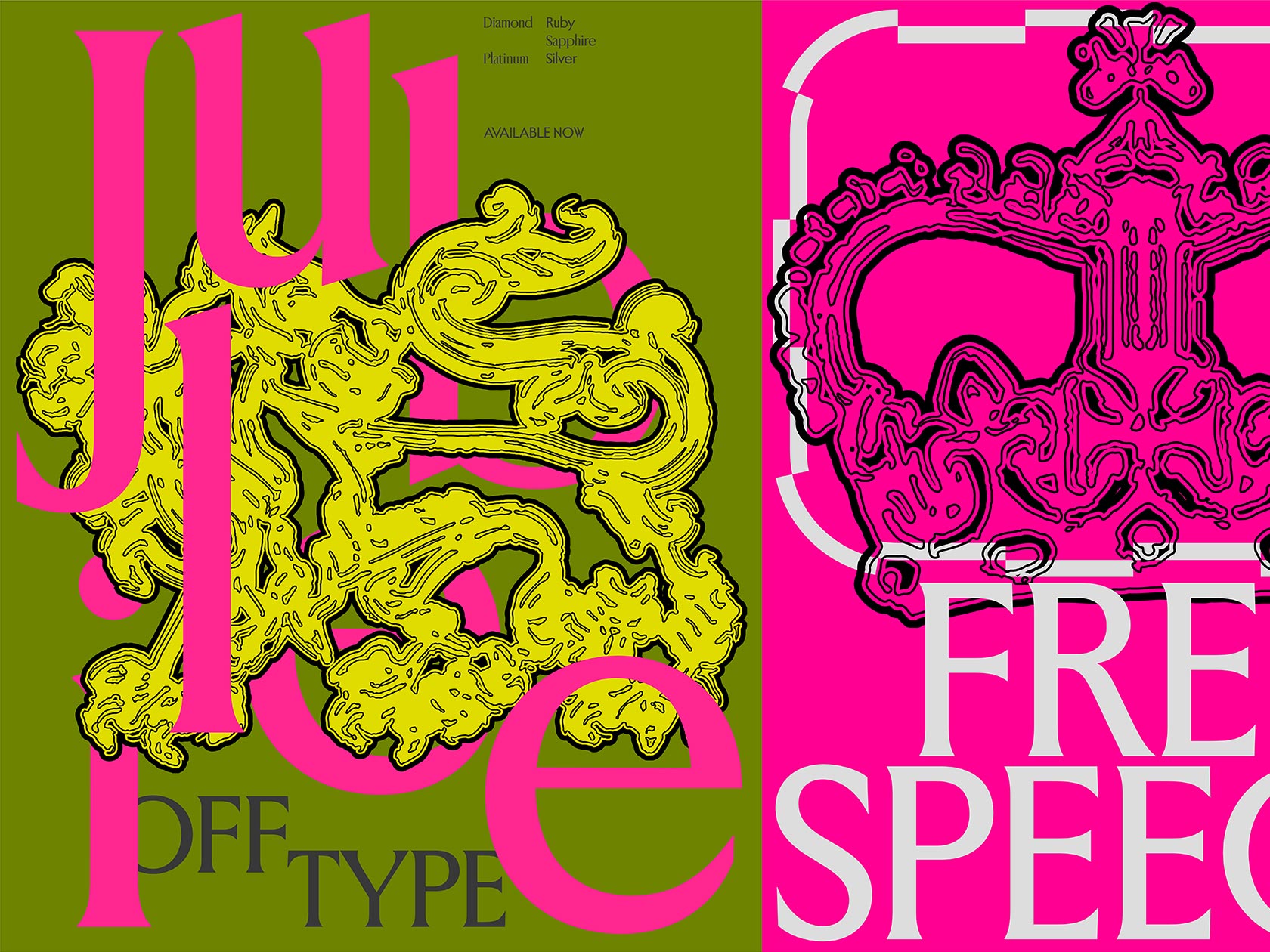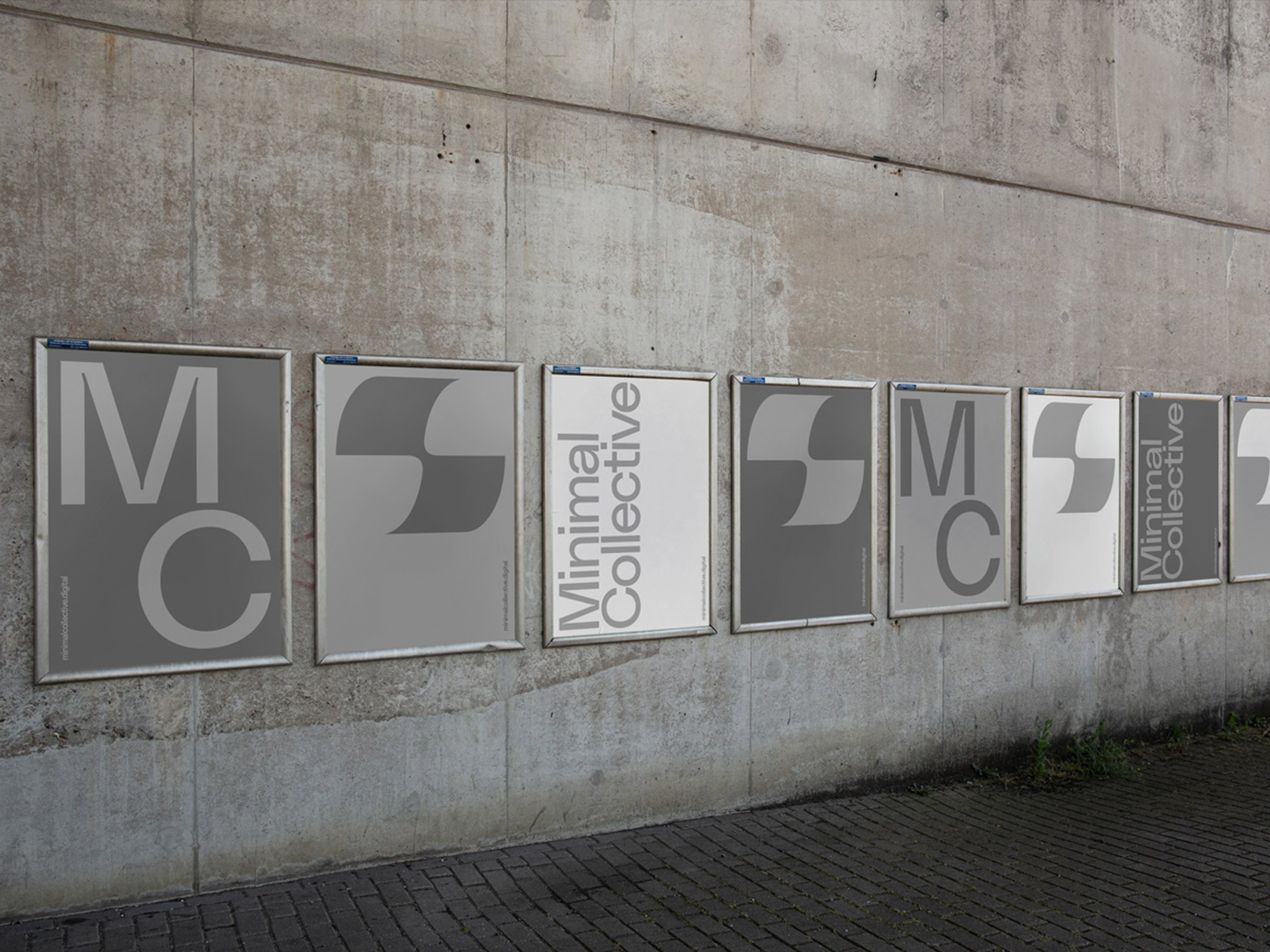The installation “Energy Drinks and Bisexual Lighting” by Berlin-based 3D artist Harriet Davey and UK composer duo snake_case gives a queered take on ’90s LAN party culture. The exhibition, which takes place at HOLON from October 27 to November 4, is a playful unraveling of gendered systems and spaces in the ongoing blurring of physical and digital life. On a journey of self-discovery, Harriet’s non-binary avatars guide the visitors through virtual dimensions untouched by structural norms, existing between spatial sound, gaming stations, soft furnishings, and—of course—bisexual lighting.
The cinematic phenomenon whose name arguably first appeared on Tumblr in 2014 refers to the simultaneous use of neon pink and blue light in TV programs, films, and music videos. While some see it as an empowering tool to represent bisexuality on screen, others have argued that the trend might perpetuate bisexual stereotypes. And others again have pointed to the color scheme as merely a reference to ’80s and synthwave aesthetics.


To challenge the heteronormative world of gaming, Harriet evokes this scenographic phenomenon in their installation. Despite the prevalence of homophobia in the gaming community, RGB PCs in top gaming arenas accidentally lean into the color scheme of bisexual lighting—more so than the rest of the RGB spectrum. “I’ve always found it fascinating that gamers gravitate towards blues, pinks, and purples for their over-the-top gaming set-ups. If you search PC RGB lighting then the majority of them have a bisexual colour scheme. Honestly, it is a vibe. But the gaming space is ironically also incredibly homophobic, and this hypocritical aesthetic is the basis of my work for this exhibition,” they tell us.
Through the re-appropriation of ’90s LAN party culture and contemporary gaming aesthetics, the installation invites you to step in and transcend the IRL space by exploring the virtual characters and their environment. The Berlin-based 3D artist and art director—known for her shiny, otherworldy creatures—reclaims the bodies extorted by the male-dominated gaming industry by exploring gender-non-conforming virtual avatars.
Together with the glitched audio anomalies of snake_case, the space turns into an immersive environment, where the line between the real and the virtual is beginning to fade. Through their work, the two performers and composers Imogen Davey—who happens to be Harriet’s sister— and Callum Murray explore the boundaries of human-machine interaction, striving to redefine the notion of creativity in the digital age. “We wanted the installation to provide an imagined space, which could transcend the structures of the outside world. When viewers of the exhibition see themselves as virtual beings, I hope they can be reminded that identity within a virtual space can be entirely self-defined. In many ways, the virtual can be more ‘real’ than the real world,” Callum explains.

For the sound of the installation, Imogen and Callum drew inspiration from video game music, with Harriet sending them a list of all of their favorite games and corresponding soundtracks. Based on that, they wrote “Terri’s Theme”—a piece for Harriet’s main character occurring in several iterations throughout the game. “It felt important that the music and visuals would share the same aesthetic language,” Imogen concludes. “There are eight channels of audio, which makes the sound feel fully immersive.” In the same way that in-game characters usually control the sounds within a game by exploring the virtual landscape, the audience triggers the sounds when moving through the installation. “This is combined with a purely generative approach, where computer algorithms determine what sounds can be heard. In this way, the work is a collaboration between the viewer, the virtual environments created by Harriet, and the intelligence of the computer algorithms governing the interactions between the elements,” Callum adds.
The installation was commissioned by HOLON, an interdisciplinary format for research and play, initiated by Berlin-based experience design company MONOMANGO. It uses virtual instruments to foster collaboration and connect people between the virtual and physical spheres.










